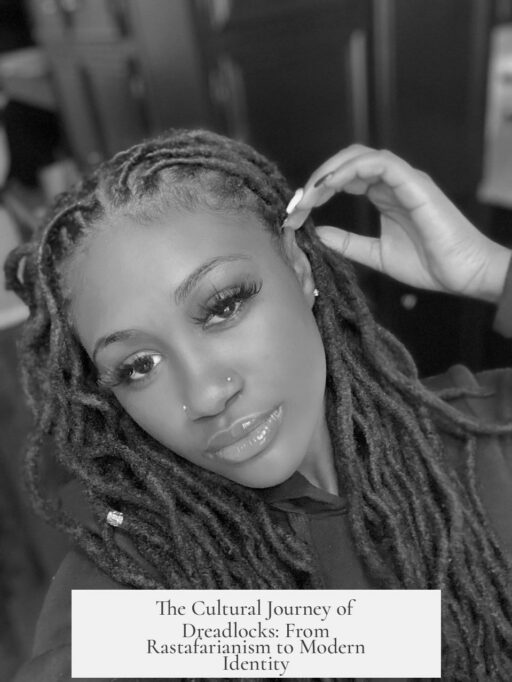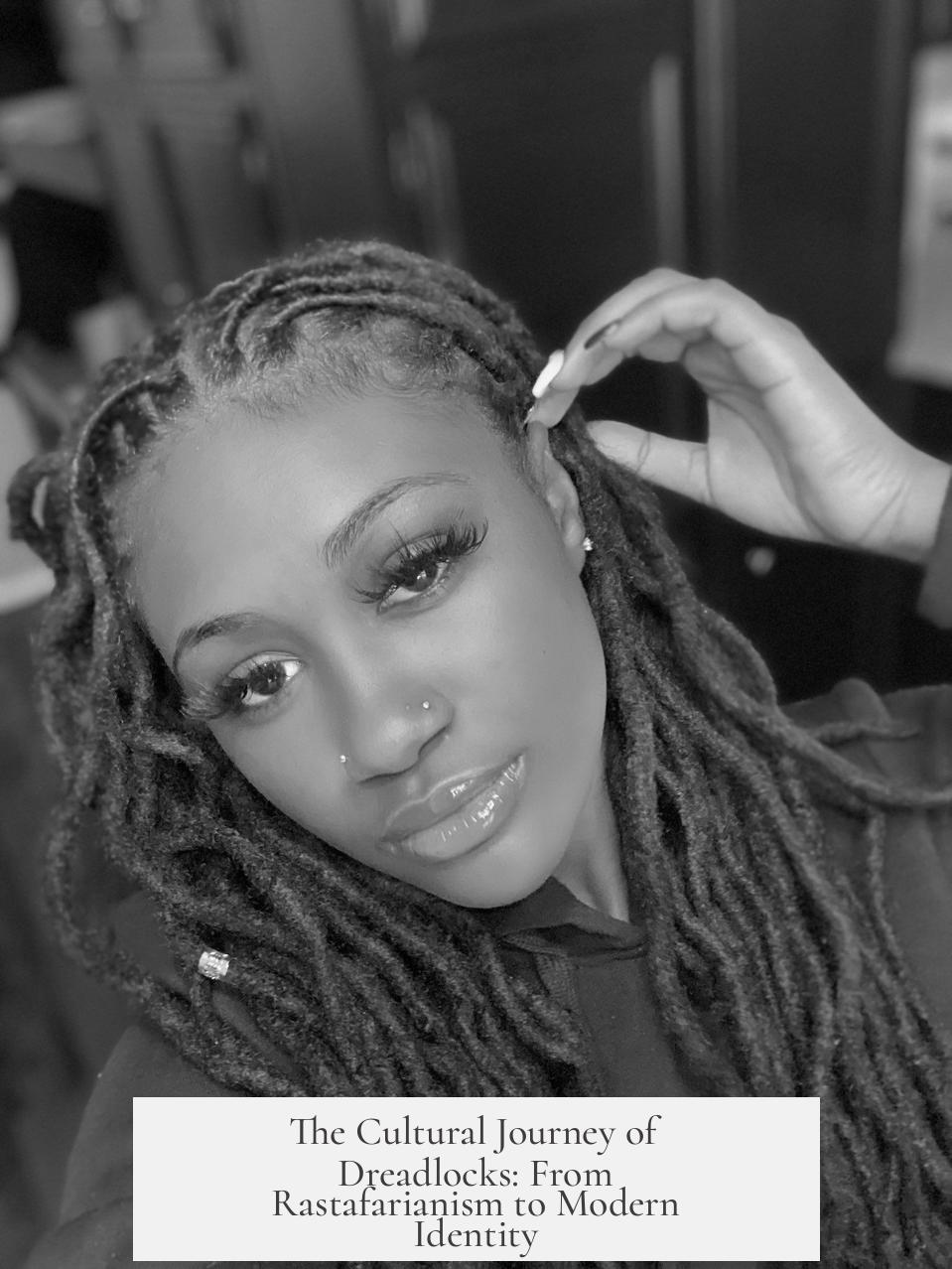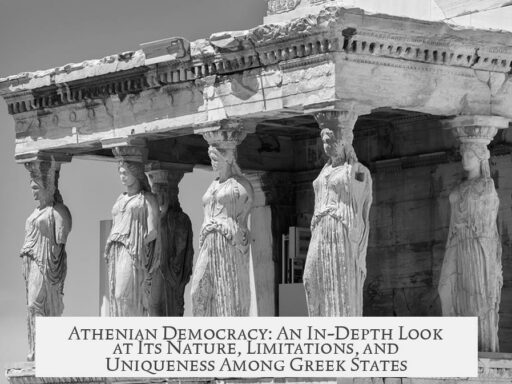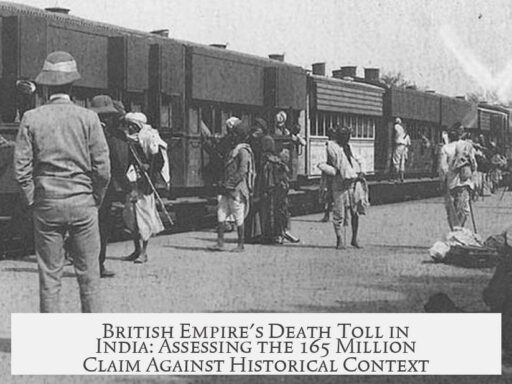Dreadlocks have a complex history rooted in religion, culture, and social identity, beginning as a hairstyle connected with Rastafarianism and Ethiopian warriors and evolving into a broader symbol of cultural pride and resistance.
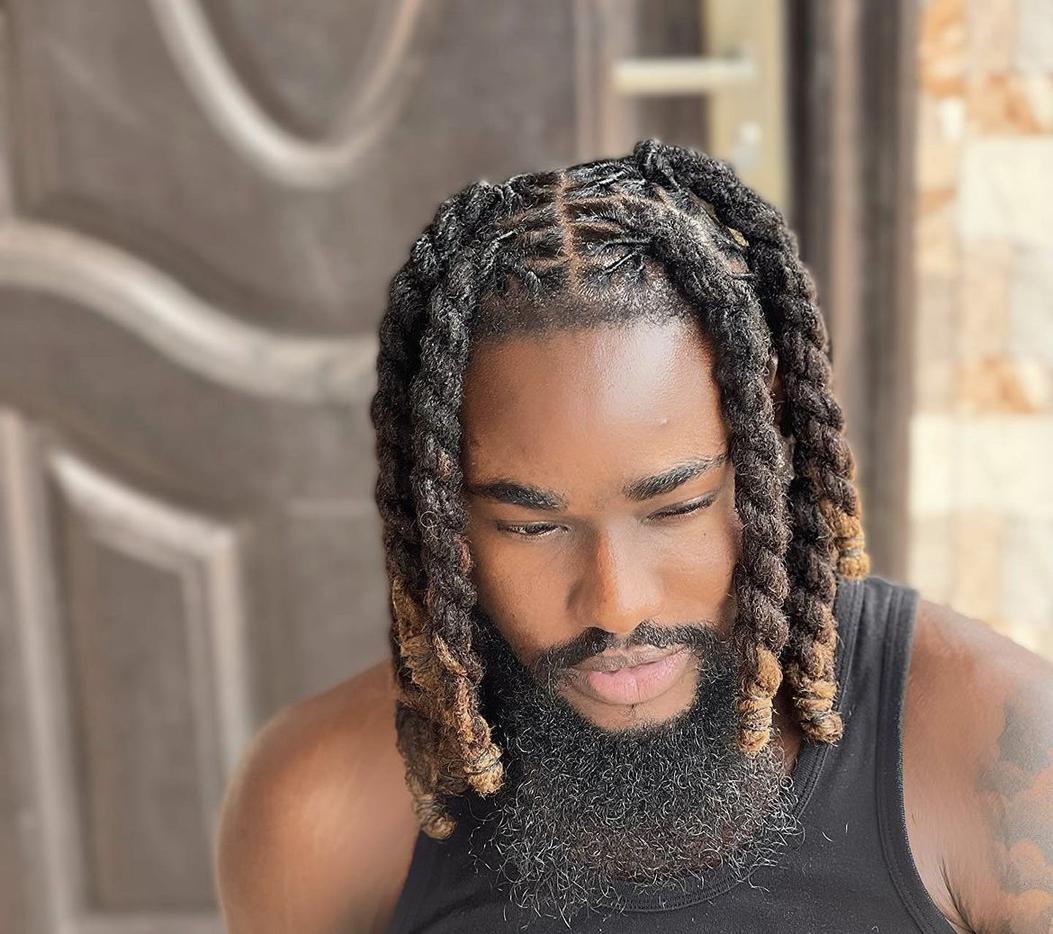
The term “dreadlocks” is relatively recent. Documented use appears first around 1960. Early references describe the hairstyle as associated with Ethiopian warriors and Rastafarian men. For example, a 1960 source calls these men “men of dreadlocks,” highlighting the hairstyle’s connection to Ethiopian fighters. Through the 1960s and 1970s, dreadlocks became more recognized in North America, especially linked to Rastafarian followers, described as long, matted hair or wool-like ringlets. By the 1980s, dreadlocks entered mainstream awareness, seen not just as exotic but familiar through interaction with Afro-Caribbean culture.
The Rastafarian movement, beginning in the 1930s, plays a vital role in dreadlocks’ history. Around the late 1940s, dreadlocks emerged within the movement, reinforced by younger, more fervent sects like the Youth Black Faith. Anthropologist Barry Chevannes suggests dreadlocks started partly as a form of social deviance—a visual statement to separate from mainstream society. The style’s theological roots lie in the Nazarite vow from the Old Testament. Nazarites, including the biblical Samson, vowed not to cut their hair or drink wine, symbolizing religious piety and separation. Many Rastafarians adopt dreadlocks as a physical sign of this vow, though views differ on whether dreadlocks are compulsory within the faith.
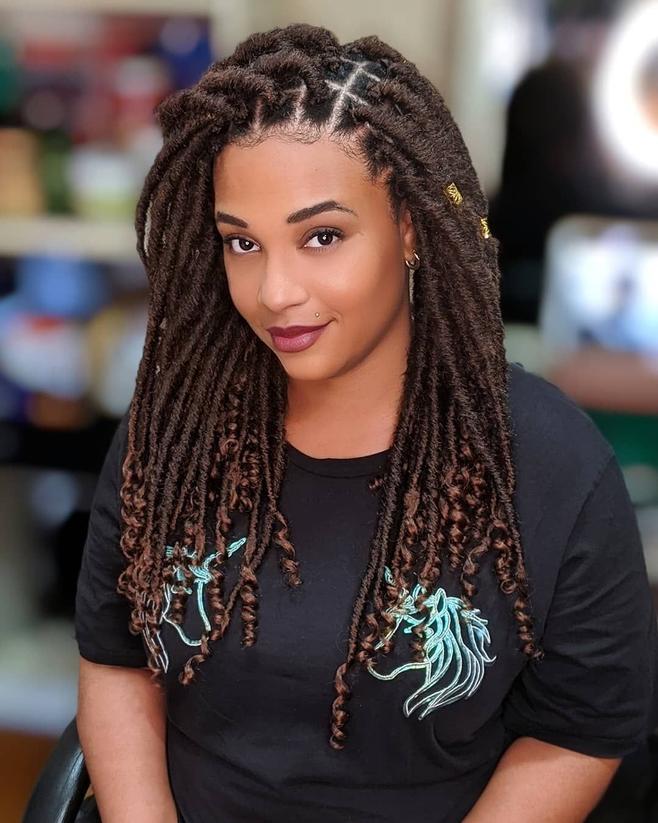
Beyond religious symbolism, dreadlocks mark a distinct social identity. Early images show homeless men with long, uncombed hair resembling dreadlocks before Rastafarianism. Within the movement, the hair represented spiritual devotion but also a deliberate distinction from dominant cultures. Wearing dreadlocks could generate a sense of awe or fear, tied to the “dread” concept—signifying reverence, power, or intimidation. Rastafarian men also commonly wore beards to reinforce this separateness, leading to the group’s label as the “bearded men.”
Wider cultural movements in the 20th century further shaped dreadlocks’ significance. The 1970s natural hair and “Black is Beautiful” movements encouraged African Americans to embrace natural hairstyles, rejecting Eurocentric beauty norms. Dreadlocks became a powerful symbol within this shift, paralleling the afro and traditional braiding. The hairstyle extended beyond the religious context into broader expressions of racial pride and cultural nationalism. As the Black Power and Pan-Africanist movements gained momentum, dreadlocks represented solidarity and resistance against racial oppression.
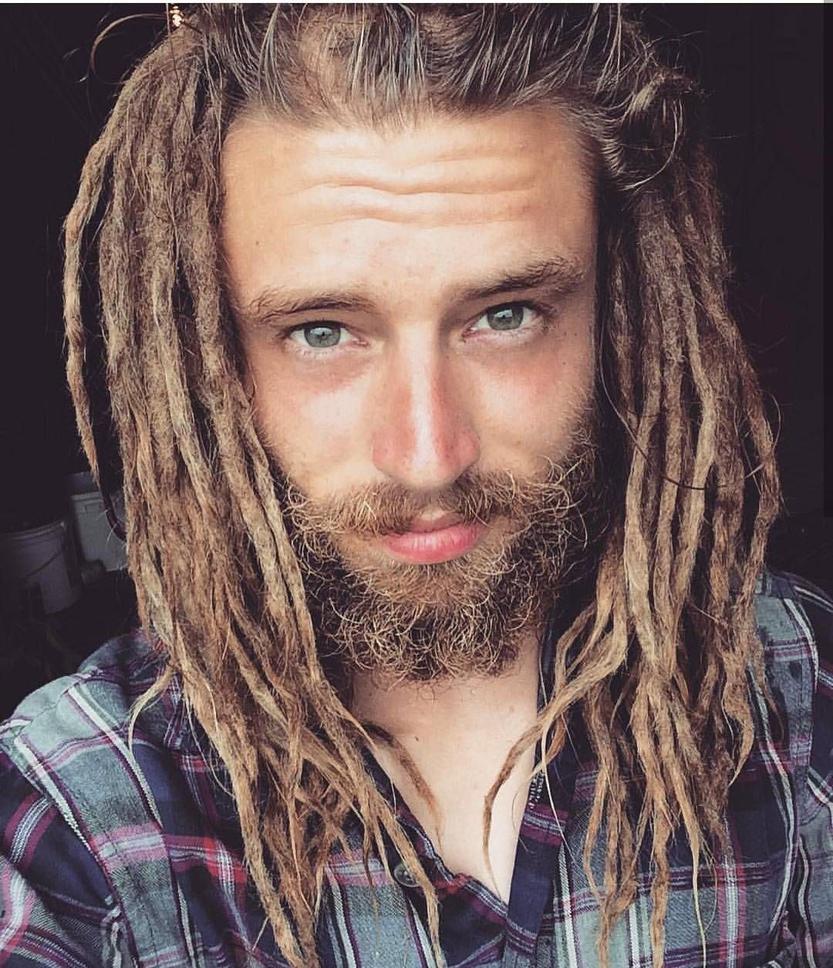
Dreadlocks also spread across the African diaspora, adopted widely without necessarily embracing Rastafarian religious meaning. Academic studies outline stages of this spread. From the mid-1950s to the mid-1970s, dreadlocks were primarily tied to Rastafarianism. Between the mid-1970s and mid-1980s, the style grew as a symbol of African nationalism and Pan-Africanism. From the mid-1980s to early 1990s, dreadlocks became part of a broader countercultural statement. Finally, by the early 1990s, dreadlocks shifted toward a more apolitical, commercialized identity, appearing in fashion and popular culture.
This popularity brought contrasting views in society. By the mid-1990s, dreadlocks were commercialized and criminalized simultaneously. Media featured dreadlocks in high fashion and music, but also associated them with gangs and drug culture, reflecting a complex societal perception.

| Period | Key Features |
|---|---|
| Late 1940s–1950s | Emergence of dreadlocks in Rastafarianism and Youth Black Faith sects |
| 1960s–1970s | Recognition and spread linked to Black Power, natural hair movement, and Black Pride |
| Mid-1970s–1980s | Dreadlocks as African nationalist and Pan-Africanist symbols |
| 1980s–early 1990s | Broader countercultural adoption, symbolic beyond religion and nationalism |
| Early 1990s onward | Commercialization and complex societal perception, including criminalization |
In summary, dreadlocks began as a hairstyle marking religious vow and sect identity in Rastafarianism. Its deep roots trace to biblical Nazarites and Ethiopian warriors. Over decades, dreadlocks became a symbol of black cultural pride and identity, especially during powerful sociopolitical movements in the 20th century. The hairstyle’s meaning diversified and globalized, reflecting a mix of spirituality, resistance, fashion, and social commentary.
- Dreadlocks term dates from about 1960, linked originally to Ethiopian warriors and Rastafarians.
- Rastafarian dreadlocks express religious Nazarite vows to avoid cutting hair as spiritual proof.
- The style signifies separation and resistance in both religious and social contexts.
- The natural hair and Black Pride movements helped popularize dreadlocks beyond religion.
- Across the African diaspora, dreadlocks became symbols of cultural identity and political resistance.
- Since the 1990s, dreadlocks oscillate between commercial fashion and negative stereotyping.
The Fascinating History Behind People Wearing Their Hair in Dreadlocks
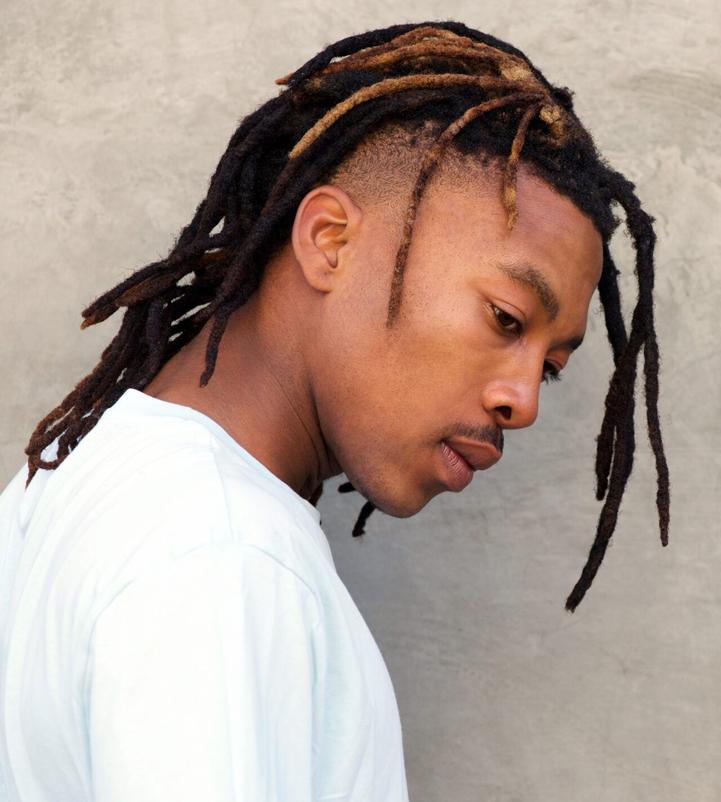
So, what is the history behind people wearing their hair in dreadlocks? Simply put, dreadlocks carry a rich history deeply rooted in religious, social, and cultural movements, especially within Rastafarianism, African diaspora identities, and broader natural hair pride movements. This story weaves through ancient vows, deviant social statements, and modern cultural revolutions—let’s unravel this hairstyle’s intriguing past.
First off, you might imagine dreadlocks have been called that for centuries, but the term itself is rather a modern invention. The earliest documented use of “dreadlocks” appears only around 1960.
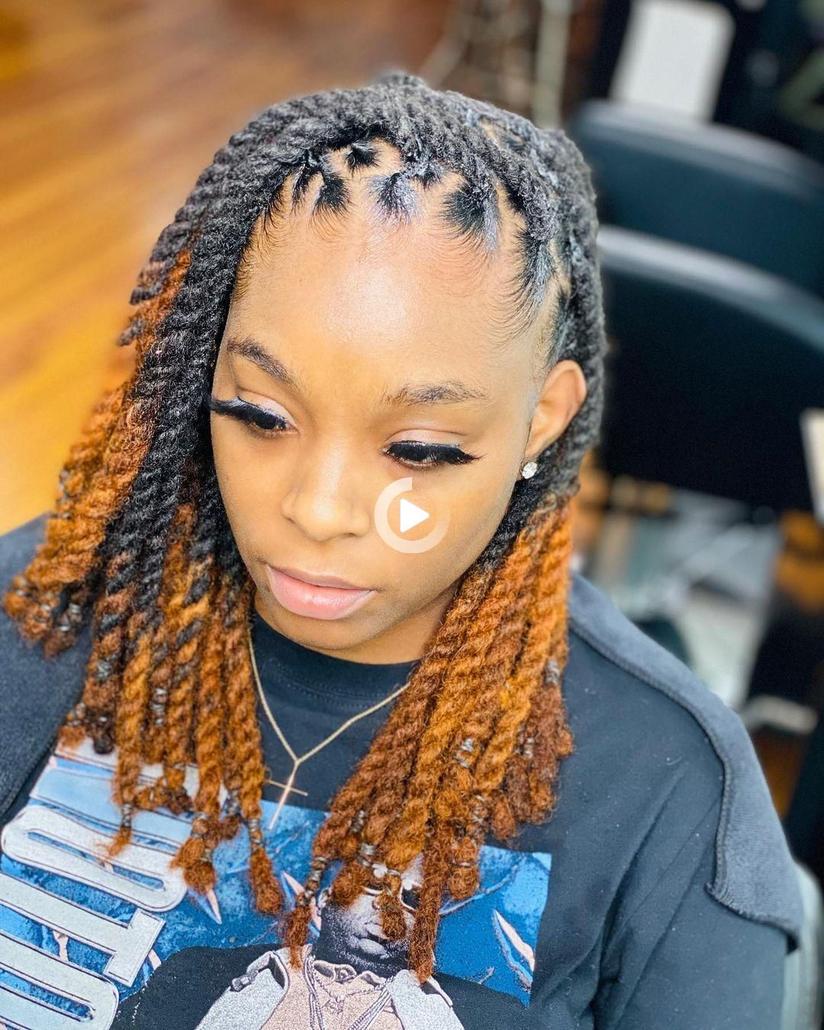
“The plaiting of long hair by men known as the ‘men of dreadlocks’… These men of dreadlocks were the Ethiopian Warriors…” (1960 citation)
By 1975, dreadlocks were closely associated with Rastafarians, described as long, matted wool-like ringlets or plaits. A transition from exotic warrior styles to a recognized cultural symbol was in full swing.
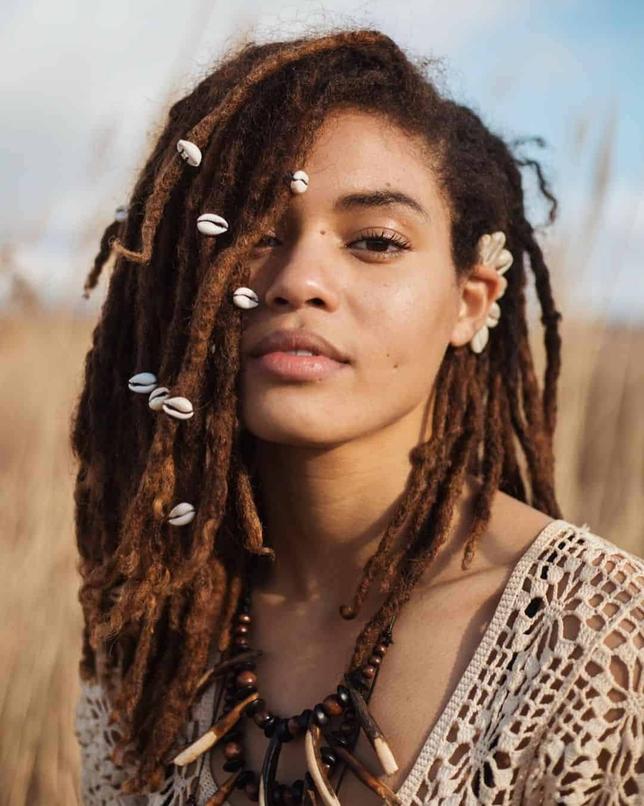
So, where did dreadlocks really come from, and why?
Rastafarianism and the Theological Roots of Dreadlocks
Rastafarianism started in the 1930s, but dreadlocks didn’t enter the scene as a defining symbol until the late 1940s. Historians like Barry Chevannes pinpoint 1949 with an early fanatical Rastafarian sect—the Youth Black Faith—which embraced dreadlocks partly as a deliberate social deviation. Imagine dressing to rebel, but with hair.
This rebellion also had profound religious undertones. Rastafarians borrowed heavily from the Old Testament concept of Nazarites, who took vows not to cut their hair or drink wine. Think Samson’s legendary locks—power and faith locked in tresses.
- Many Rastafarians grow long hair as a vow, a symbol of dedication.
- Not all Rastafarians must wear dreadlocks, but for those who do, it symbolizes piety and separation.
- The “dread” in dreadlocks possibly refers to fear or reverence towards God, giving the style a powerful spiritual charge.
Before Rastafarians popularized dreadlocks, the hairstyle (or versions of it) was visible on homeless men with long, unkempt hair. They weren’t making a theological statement—but it shows dreadlocks aren’t confined to one narrative.
Dreadlocks as Cultural Resistance and Identity
The 1970s brought a significant shift. The natural hair movement exploded within the Black Power and “Black is Beautiful” era. Suddenly, European-influenced beauty standards were confronted. Hair became a *political statement*.
Afros, braids, **dreadlocks**—these styles symbolized pride in one’s heritage and a proud rejection of assimilation. The dreadlocks transformed from religious markers to emblems of cultural resistance.
Wearing dreadlocks became a way to assert black identity across the African diaspora beyond traditional Rastafarian circles. People embraced the style and name, sometimes secularizing it and stripping away strict theological significance.
The Stages of Dreadlocks’ Cultural Journey
| Phase | Timeframe | Key Characteristics |
|---|---|---|
| Rastafarian Phase | Mid-1950s to mid-1970s | Religious significance, spiritual identity, linked to Nazarite vows |
| African Nationalist / Pan-Africanist Fringe | Mid-1970s to mid-1980s | Cultural pride intensifies, dreadlocks as anti-colonial resistance |
| Broader Counterhegemonic Phase | Mid-1980s to early 1990s | Dreadlocks embraced in wider social justice and identity movements |
| Transitional Phase | Early 1990s to 1998 | Shift to commercialization and depoliticization, mainstream fashion |
Popularity, Criminalization, and Commercialization
Dreadlocks entered the mainstream in the 1990s. Suddenly, Hollywood and media spotlighted the hairstyle—sometimes as a high-fashion statement, other times linked to stereotypes involving gangs or crime.
Such dichotomies trip dreadlocks into complicated societal interpretations. Is it a spiritual symbol, cultural resistance, fashion statement, or stigma? Sometimes, it’s all of these at once.
What Does This History Mean Today?
Dreadlocks are more than just a hairstyle. They tell stories of ancient vows, social deviation, proud cultural identity, and contested public perceptions.
For people contemplating dreadlocks, understanding these layers matters. It’s not just about looks but connecting—or consciously choosing not to connect—with a profound history of faith, rebellion, and pride.
- Feeling bold? Growing dreadlocks can link you to millennia of human stories.
- Want a hairstyle with soul and significance? Dreadlocks offer that deep connection.
- Wondering if dreadlocks suit everyone? Historically, meaning varies—some embrace it fully, others regard it as one of many expressions.
So, before diving into the journey of locking your hair, ask yourself: What does this hairstyle mean to me? Am I celebrating identity, spirituality, heritage, or simply enjoying a unique look? Your dreadlocks can tell your story within this vast historical tapestry.
A Quick Recap to Walk Away With
- Dreadlocks gained their name in the 1960s and were first documented on Ethiopian warriors and Rastafarians.
- They have significant religious roots, especially tied to Old Testament Nazarites and Rastafarian theology.
- The hairstyle symbolizes social and spiritual deviance—a powerful identity marker for many groups.
- 1970s natural hair and Black Power movements made dreadlocks into a symbol of black pride and cultural resistance.
- Over decades, dreadlocks shifted from sacred and political to also commercial and mainstream, yet their layered meaning remains.
Want to learn more about other iconic cultural hairstyles? Stay tuned for deep dives into the afro, braids, and more!
In the meantime—rock your locks with pride, respect the history they carry, and celebrate the rich world of hair culture.
What is the earliest known use of the term “dreadlocks” and its origin?
The term “dreadlocks” first appeared around 1960. It originally described the long twisted hair of Ethiopian warriors and men linked to Rastafarian culture. It shifted from being seen as exotic to more widely recognized by the late 20th century.
How are dreadlocks connected to Rastafarian religious beliefs?
Dreadlocks have theological roots in Rastafarianism. Rastafarians often relate the hairstyle to the Old Testament Nazarite vow, which forbids cutting hair. This vow symbolizes spiritual dedication and separation from mainstream society.
Did dreadlocks have cultural meanings before Rastafarianism?
Yes, before Rastafarians popularized dreadlocks, some homeless men wore long, matted hair. Dreadlocks also symbolized social deviation and separation from societal norms in other communities.
How did the natural hair and Black Pride movements affect dreadlocks’ popularity?
During the 1970s, the natural hair movement and ‘Black is Beautiful’ campaign promoted pride in African heritage. Dreadlocks became symbols of cultural identity and resistance alongside afros and braids.
Have dreadlocks always been linked to Rastafarianism?
No. While dreadlocks began within Rastafarian theology, they were later adopted by people across the African diaspora. Many embraced dreadlocks as cultural symbols rather than religious markers.
How did the perception of dreadlocks change by the 1990s?
By the mid-1990s, dreadlocks were both commercialized in fashion and criminalized in media. They appeared as symbols of style but also faced association with gangs and illicit activity, reflecting complex social views.
